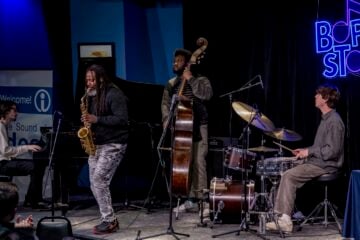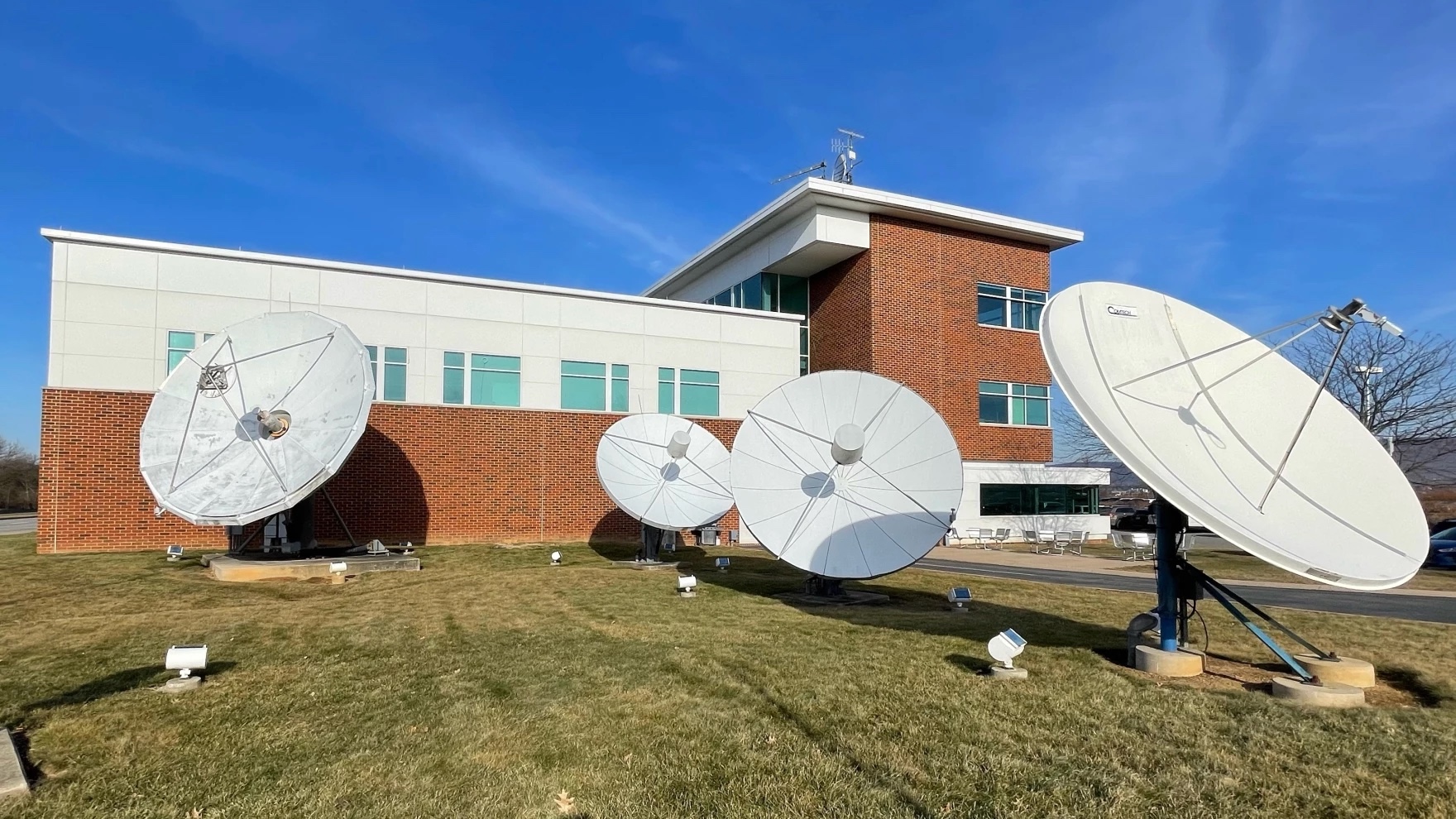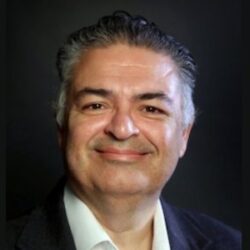With boot camp, Public Media Women in Leadership seeks to prepare participants for rising careers in system

peshkov / iStock
Amy Wielunski may not be unique in her love of public broadcasting. Like countless others working in the system, she grew up in a self-described “public media family” that filled evenings with All Things Considered and weekend rides with Car Talk.
By age 18, Wielunski had focused on a highly specific goal: to one day run a public station. She recalls watching the 1999 journalism drama The Insider, in which 60 Minutes correspondent Mike Wallace, played by Christopher Plummer, said he didn’t want to run a critical story on the tobacco industry and be relegated to “wandering in the wilderness of National Public Radio.” Conversely, the scene only encouraged Wielunski’s pursuit of a career in public media.
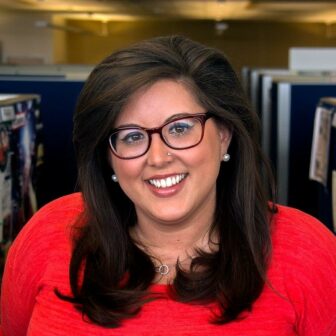
“If NPR is where we’re free of commercial influence and can actually get the important work out there without having to kowtow to the advertisers, then that’s where I want to be working,” said Wielunski, now VP of membership at WBEZ in Chicago.
Having worked at stations as a manager and fundraiser over the last two decades, Wielunski said she’s been intentional about her goals. But it wasn’t until she joined the Public Media Women in Leadership Boot Camp last fall that she saw a clear path ahead.
“So often organizations look and say, ‘We want somebody who already has experience,’” she said. “Well, we’re not going to get that experience until someone takes a chance on us. And now I feel like I’m set up so much better to be the person that someone [is] willing to take that chance on because of this program.”
The seven-month program trains female and nonbinary public media professionals seeking a C-level leadership position within the next three years. The boot camp also reserves a quarter of seats in each class for men of color. Fellows meet each week for over several hours in Zoom calls where public media leaders discuss seven topics: content, sustainability, finances, inclusion, audience development, digital strategy and the public media industry.
PMWL has planned three classes of fellows over three years. Its first cohort graduated in May with a ceremony at the annual Public Media Business Association conference. Funding for the boot camp comes from CARS, Contributor Development Partnership, the Public Television Major Market Group and the Wyncote Foundation. (Wyncote is also a supporter of Current.)
Preparing for ‘complex jobs’
The boot camp is PMWL’s latest push to foster more female leaders in public media. When PMWL co-founder Deanna Mackey launched an initiative in 2015 to increase the number of women in C-suite positions, women held about a quarter of GM and CEO positions in public television. Women have since made incremental gains, though men still fill most top positions. In 2022, women made up 46% of jobs categorized as “officials,” compared to 38% in 2016, according to CPB data. They have inched up in managerial positions. After claiming 49% of those jobs in 2016, their share has held steady at 51% since 2019.
People of color hold an even smaller percentage of high-level positions within the system. They held a quarter of jobs categorized as “officials” and 21.6% of managerial positions in 2022, according to CPB data.
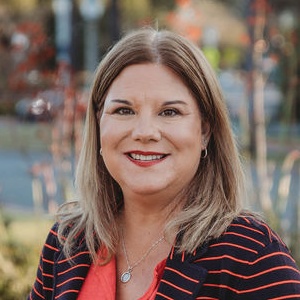
While conducting in-person training and online webinars over her last seven years with PMWL, Mackey discovered many women who aspired to leadership positions. But even those people whom she felt had potential for the C-suite didn’t have the training or confidence to pursue those jobs, she added.
“The industry does not have a history of having training, really, of any kind, but in particular leadership training to prepare our potential rising stars to be in the C-suite,” Mackey said. “And those are very complex jobs.” (Mackey was named GM of KPBS in San Diego in April, a role separate from her work at PMWL. She now raises funds and chairs PMWL’s board but is no longer involved with the group’s day-to-day duties.)
Often, people who enter the system are exposed to only a few verticals, Mackey said. Those who want to ascend to the ranks of CEO or COO may face challenges in gathering the varied experience necessary. Mackey was fortunate to gain that diverse knowledge at KPBS, where she worked as a manager in several departments and learned about budgets, fundraising, digital content and the station’s relationship to national partners. Mackey realized that most public media employees would never gain that breadth of experience, so she took two years to develop and fundraise for the boot camp.
“The program was created with the expectation that we would prepare these women and men of color to be confident when they go to apply for these jobs, because they would have the knowledge of the vastness and breadth of these C-level roles,” she said. “But then also when they got the jobs, they would be also confident in their leadership role because they had access now to all of these people, organizations and resources in the industry who could help them with whatever challenges they might face if they wanted to create an education program, if they needed help with major giving, if they wanted to do a journalism partnership through the boot camp — they were exposed to all those people.”
‘I have more confidence’
Cohorts such as Vanessa de la Torre, editorial director and executive editor of the New England News Collaborative, often cited confidence-building as a key component of the boot camp. As a former reporter who spent the bulk of her career at newspapers, de la Torre’s confidence and knowledge of public media grew over the course of the boot camp. She didn’t approach the program with the end goal of becoming an executive. Instead, she saw how the program could help her tackle the different facets of public media in her current role at the collaborative, from content to sustainability and finances.

“Even in my current position, I grew so much, I have more confidence, I have a deeper understanding of our potential as a collaborative,” she said. “I do think I’m a better colleague because I have an understanding that I didn’t before of just the importance and the intersection of these different departments and how we all have to work together for our sustainability in public media.”
De la Torre noted that compared to her experience in the newspaper industry, public media has already made strides in the racial diversity of its newsrooms. She entered the system through Sharing America, a CPB-funded initiative that covered the intersection of race, identity and culture.
During her time with the boot camp, de la Torre felt encouraged by her fellow cohorts that public media needs her voice as a leader. An early success of the boot camp is the peer network it built, according to StoryCorps CEO Sandra Clark, who said she reached out to a fellow cohort just last week.
“It’s really important for us to be able to also have a vulnerability with each other, to be in a space where we know we don’t know it all,” she said. “We will never know it all, but we can ask each other to share more.”
While the boot camp taught participants about the nuts and bolts of fundraising and branding, its mentoring circles also gave important lessons about the intangible qualities of leaders. De la Torre noted that Greater Public CEO Joyce MacDonald discussed the top characteristics of a CEO. Rather than uphold the demeanor of a stoic executive, MacDonald said she emphasizes daily interactions that matter to employees, such as mutual respect, eye contact and building trust.
MacDonald also emphasized protecting public media, said boot camp participant Rashad Brown, director of membership at KUOW in Seattle.
“Right now something that certainly the news and public media in general is facing is, how do you build trust within this … age of disinformation? How do you maintain and build trust with these audiences?” Brown said. “If we don’t get that right, we’re at risk of not serving as many people as we should be.”
Part of protecting public media involves expanding its reach, Brown argues. That means both fostering the next generation of C-suite leaders and telling stories that reflect the communities public media is supposed to serve. It was those kinds of stories from Maryland Public Television that first attracted Nikki Jones, a boot camp fellow and VP of change management and transformation at NPR, to public media. Growing up in Baltimore, she watched 3-2-1 Contact and Julia Child, and she recalls MPT’s in-depth reporting on city schools.
When she left her job at SiriusXM to join NPR in 2019, Jones accepted the position because of the mission. But she was shocked at the “sparse” level of diversity at the public radio organization’s headquarters.
“When I think of public media, I think of the mission to serve the public news that affects them, news that touches them,” she said. “It was a surprise to not see that diversity in leadership and in NPR when I started.”

Despite the shortcomings of public media’s workforce, some cohorts said they were able to find supportive mentors even before joining the boot camp. Aishah Rashied Hyman was transitioning from the role of SVP of membership and business development at WABE in Atlanta to senior VP of development at KERA in Dallas. She found fellow Black women she could look up to, like WABE Director of Donor Relations Stacey Wiggins, as well as white male colleagues, like Bob Olive, former COO at Georgia Public Broadcasting.
It was Olive who encouraged Rashied Hyman to express her identity as both a Black and Muslim woman, she said. That comfort in expressing herself at work has been a long journey, but one that the boot camp has helped her evaluate, she said.
“[The boot camp] really encouraged me to be braver about it, because I think I’ve been brave, I’ve been bold,” she said. “But there’s even more bravery and boldness in me that I just had. I think I was just holding back.”



